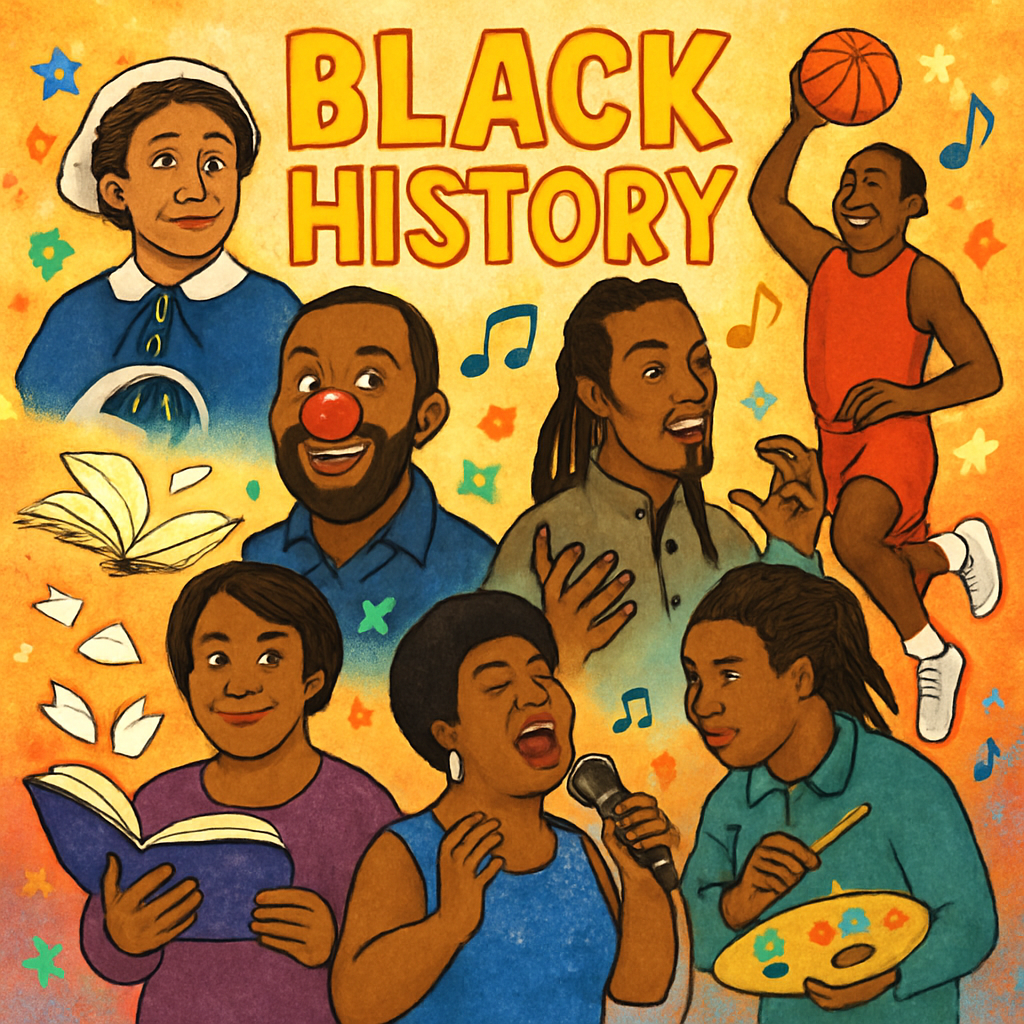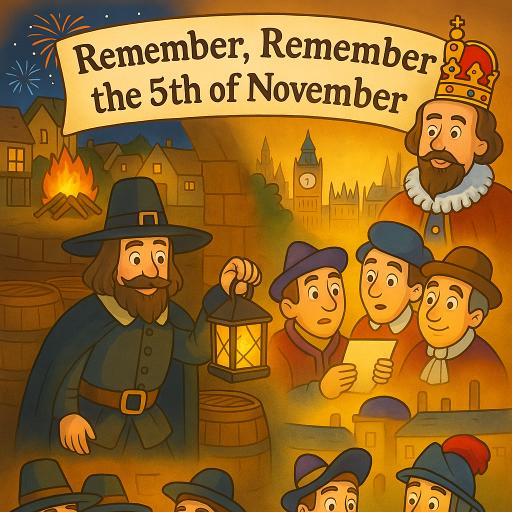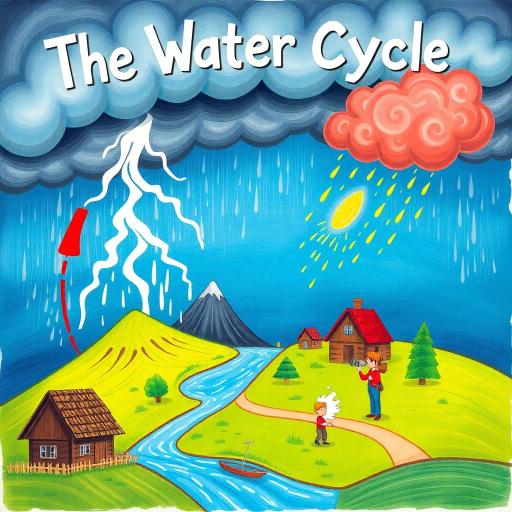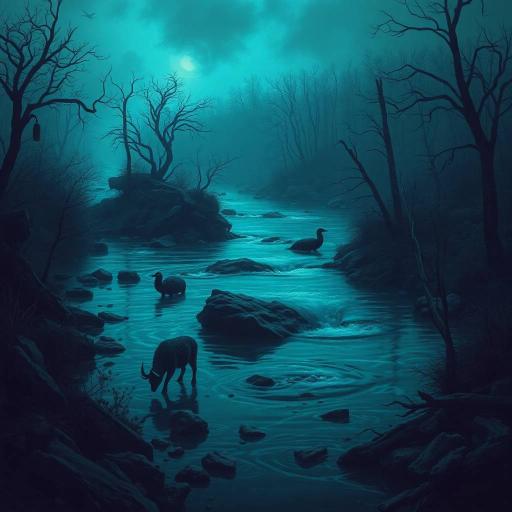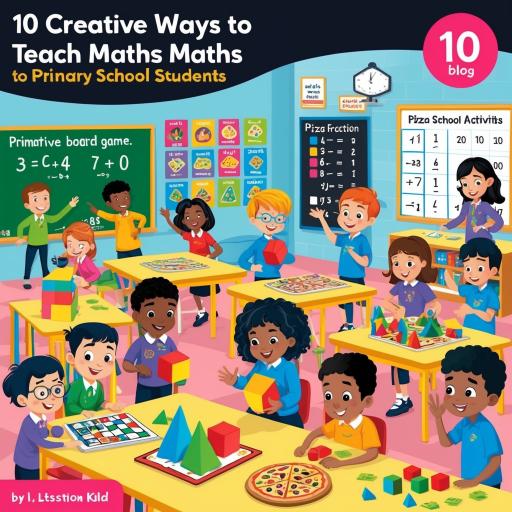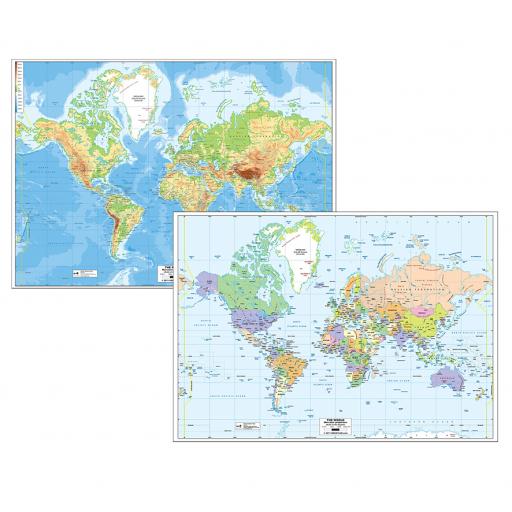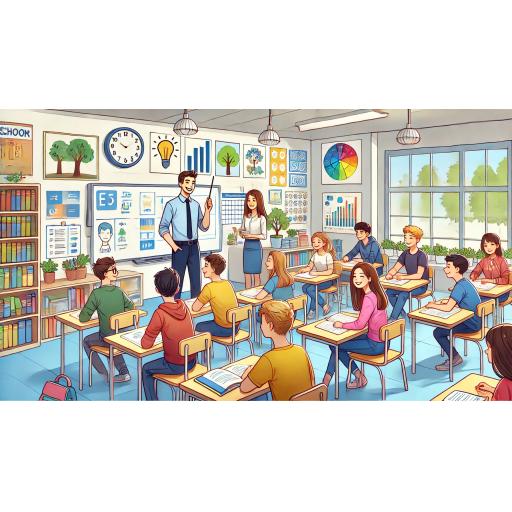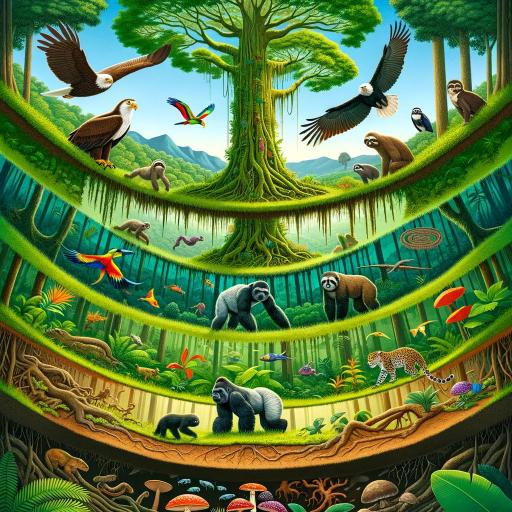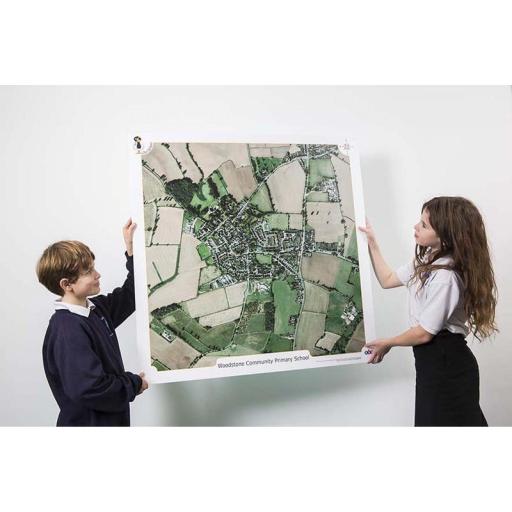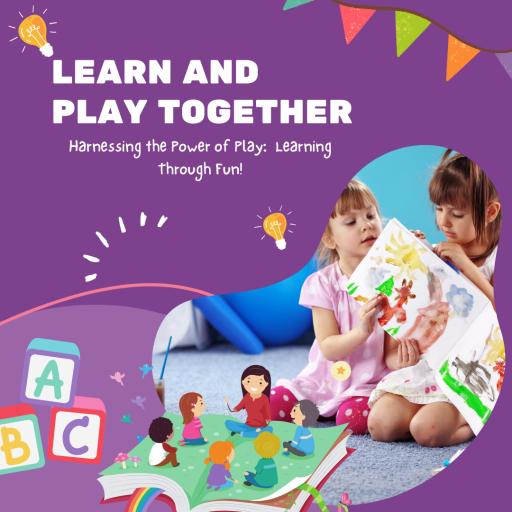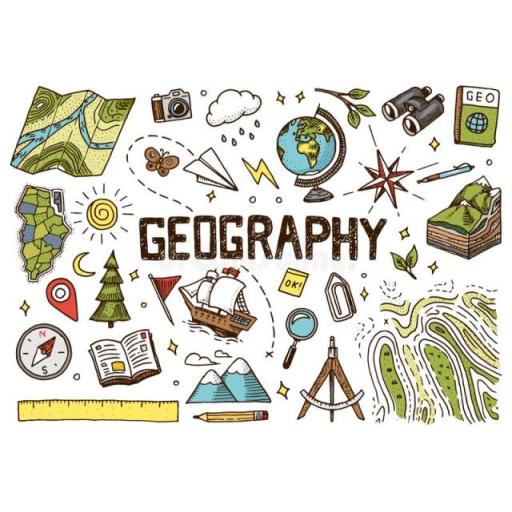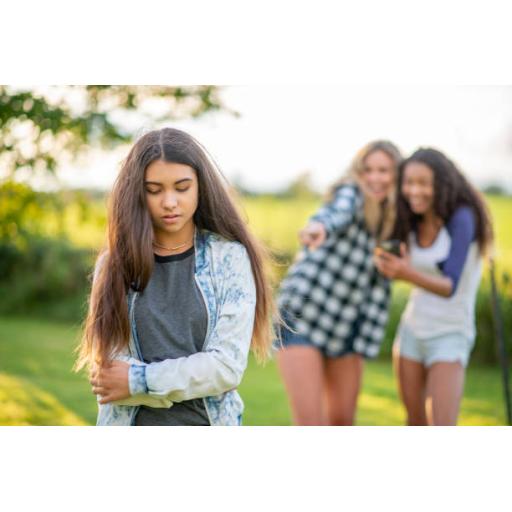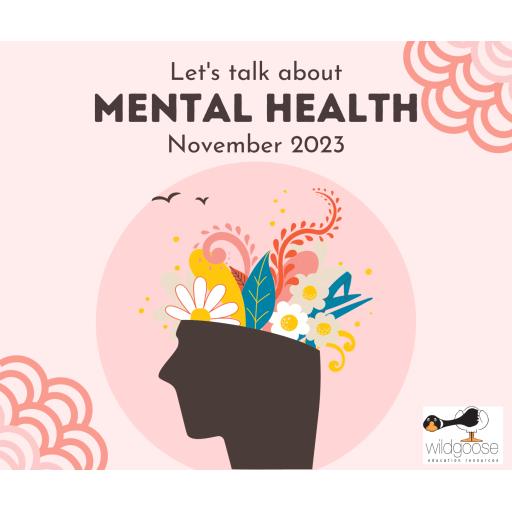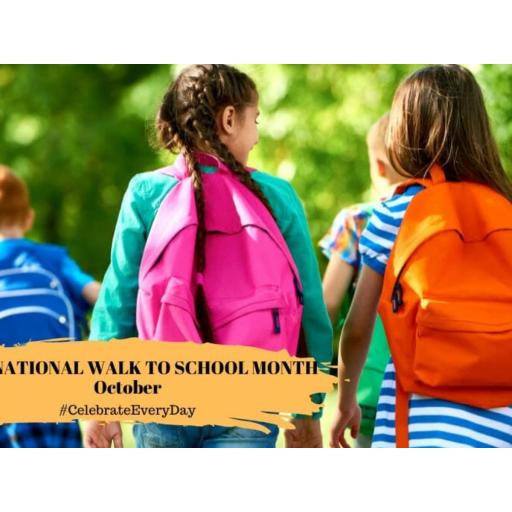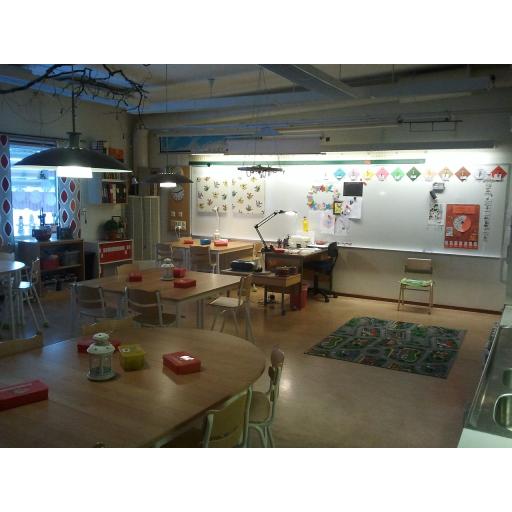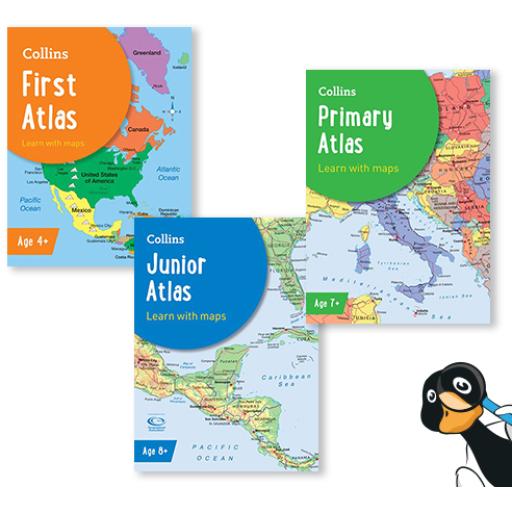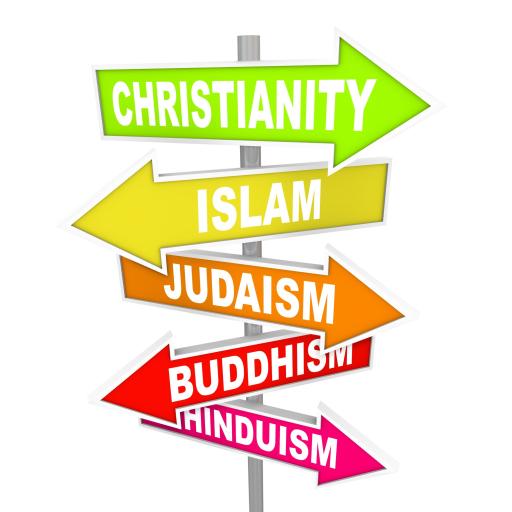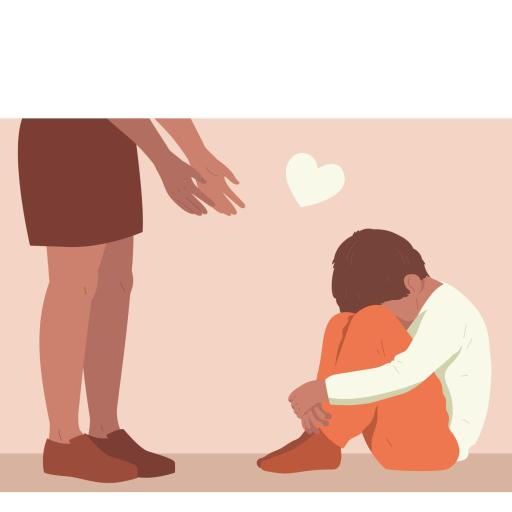Introduction
For children:
Did you know that October is Black History Month in the UK? It’s a special time when we learn about amazing people from the past and today who changed the world with their ideas, talents, and courage. Some of these people faced unfair treatment just because of the colour of their skin, but they didn’t give up. Their stories inspire us to be brave, kind, and determined!
For teachers:
Black History Month provides an important opportunity to celebrate diversity, foster inclusion, and broaden pupils’ understanding of Britain and the wider world. It encourages children to see themselves in history, literature, music, and art, and links directly to the National Curriculum for England across multiple subjects. By shining a spotlight on influential Black figures, we extend children’s chronological understanding, deepen their cultural capital, and nurture values of respect and empathy.
Mary Seacole
For children:
Have you heard of Mary Seacole? She was a nurse who travelled all the way from Jamaica to help British soldiers during the Crimean War (over 150 years ago!). Mary learned her skills from her mother, who was also a healer. She used natural medicines, herbs, and remedies to care for sick people.
When the war broke out, Mary wanted to join the nurses travelling to help, but she was turned away because of the colour of her skin. Did she give up? No way! Mary used her own money to travel to the Crimea and set up the “British Hotel,” where she gave food, medicine, and care to soldiers. She even went onto the battlefield to help men who were hurt. Soldiers called her “Mother Seacole” because she was so kind and brave.
Fun fact: After the war, lots of soldiers raised money to thank Mary for everything she had done. Today, she is remembered as one of Britain’s most inspiring women.
Teacher Tip:
Mary Seacole offers a rich opportunity to explore History curriculum objectives:
-
KS1: “Significant individuals in the past who have contributed to national and international achievements.”
-
KS2: “A study of an aspect or theme in British history that extends pupils’ chronological knowledge beyond 1066.”
Her story pairs well with Florence Nightingale, highlighting both similarities (nursing, bravery) and differences (race, how they were remembered). This comparison supports enquiry based learning around fairness, prejudice, and resilience.
Cross-curricular links:
-
English: Explore diary writing, imagine a day in the life of Mary Seacole.
-
PSHE: Discuss resilience and fairness. Why is it important to keep trying when others say no?
-
Art/History: Research Mary’s statue in London and create artwork inspired by her bravery.
Sir Lenny Henry
For children:
Do you know who Sir Lenny Henry is? He’s one of Britain’s most famous comedians, actors, and writers. Lenny was born in Dudley, in the West Midlands, and his parents came to Britain from Jamaica as part of the Windrush Generation. When he was young, Lenny loved making people laugh, and he first became famous on TV when he was just a teenager!
But Lenny isn’t only about jokes. He used his fame to help people. In 1985, he helped to launch Comic Relief, a charity that uses comedy and entertainment to raise money for people in need. Have you ever worn a funny red nose on Red Nose Day? That’s because of Lenny! Thanks to his hard work, Comic Relief has raised over a billion pounds to help people in the UK and around the world.
Fun fact: Lenny was knighted by the Queen in 2015, which means he can be called Sir Lenny Henry, for all the good things he has done.
Teacher Tip:
Sir Lenny Henry’s story is a brilliant way to connect to the PSHE curriculum (Living in the Wider World and Relationships):
-
Explore themes of kindness, giving back, and community through his work with Comic Relief.
-
Discuss how humour and creativity can make a positive difference in society.
-
Make links to the Windrush Generation in History. Lenny’s story helps children see how migration has shaped modern Britain.
Cross-curricular ideas:
-
English: Look at persuasive writing. Can children design their own charity campaign posters or write speeches encouraging people to donate?
-
Drama: Try out some comedy sketch performances to understand how laughter can bring people together.
-
Maths: Research fundraising totals from Comic Relief and create bar charts to show the money raised over time.
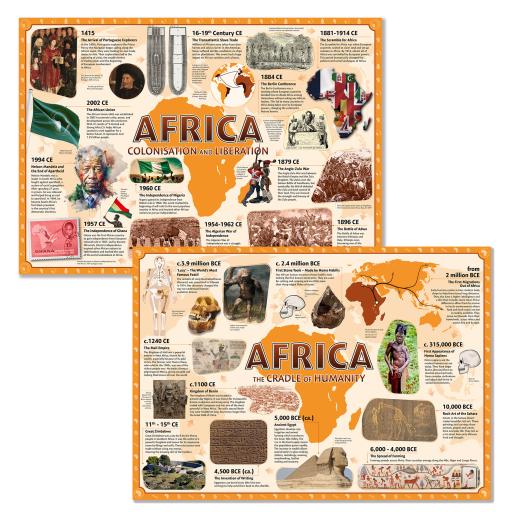
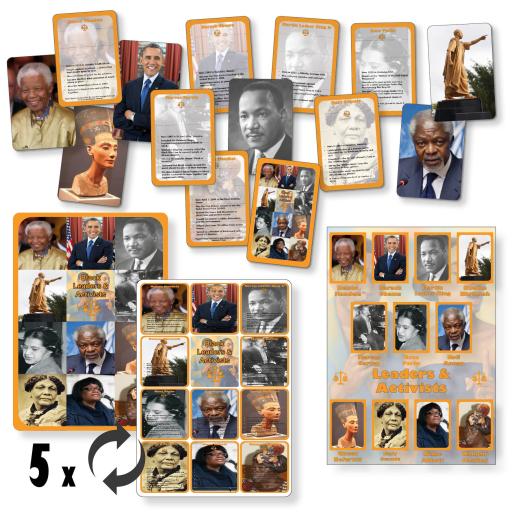
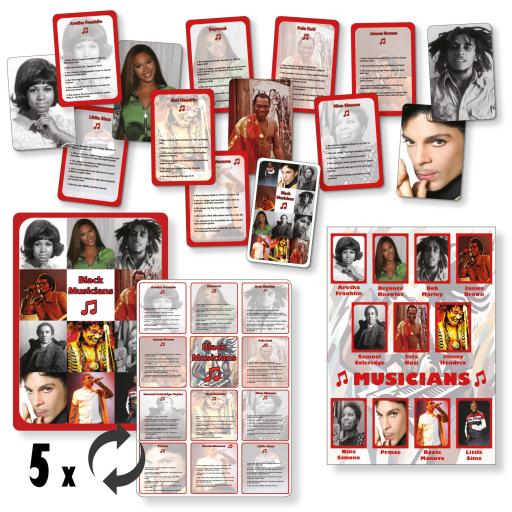
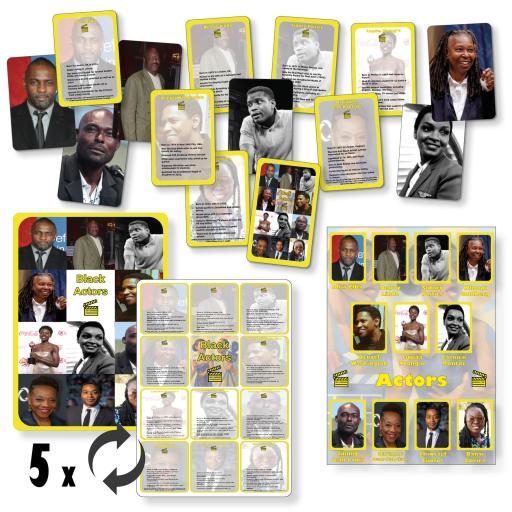
Malorie Blackman
For children:
Do you love getting lost in a good story? Malorie Blackman is one of Britain’s most famous authors for children and young people. She grew up in London and loved reading, but when she was little, she didn’t often see characters who looked like her in books. So she decided to change that!
Malorie has written more than 60 books, including the famous Noughts and Crosses series, which became so popular it was turned into a TV show. Her stories are full of adventure, mystery, and big ideas about friendship, fairness, and courage. She even wrote episodes for TV shows like Doctor Who!
Fun fact: Malorie was the Children’s Laureate from 2013 to 2015 – that means she was chosen to speak up for children’s reading and encourage everyone to enjoy books.
Teacher Tip:
Malorie Blackman’s work connects strongly with the English curriculum:
-
KS1 & KS2: Encourage “wide-ranging reading” and introduce “authors from different cultures and traditions.”
-
Discuss themes of representation – why it matters for children to see heroes of all backgrounds in books.
-
Use extracts from Noughts and Crosses with KS2 to open discussions around fairness, justice, and perspective.
Cross-curricular ideas:
-
English: Creative writing. Ask pupils to invent their own heroes who look, speak, and live like them.
-
PSHE: Explore the theme of equality and why representation is important.
-
Drama: Role-play scenes from Malorie’s stories to bring them to life.
Benjamin Zephaniah
For children:
Benjamin Zephaniah was a poet who made words dance! Born in Birmingham to parents from Jamaica, he grew up loving music and rhythm. His poems often had a reggae beat, and he loved performing them out loud so everyone could join in.
His poetry wasn’t just fun, it made people think. He wrote about fairness, equality, animals, football, and even food! Benjamin wanted poetry to be for everyone, not just something you read quietly in a classroom. That’s why he performed in schools, on TV, and even at music concerts.
Fun fact: Benjamin once turned down an honour from the Queen (an OBE) because he didn’t agree with the history of the British Empire. That shows he was brave enough to stand up for what he believed in.
Teacher Tip:
Zephaniah is perfect for cross-curricular learning:
-
English: Spoken word poetry. Perform his poems with rhythm and energy.
-
Music: Explore the reggae influences in his work, clapping along with beats.
-
PSHE: Use his poems to spark discussions about respect, fairness, and belonging.
Curriculum links:
Cross-curricular ideas:
-
English: Pupils write their own performance poems on themes such as kindness, justice, or their favourite hobbies.
-
Art & Design: Create illustrated versions of his poems to combine words and pictures.
-
PSHE: Explore the idea of using your voice to stand up for what you believe in.
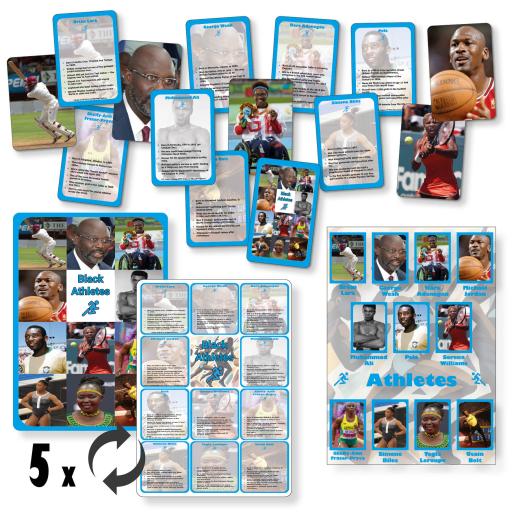
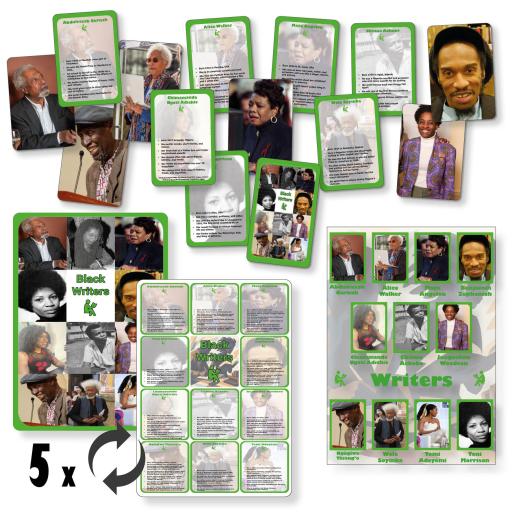
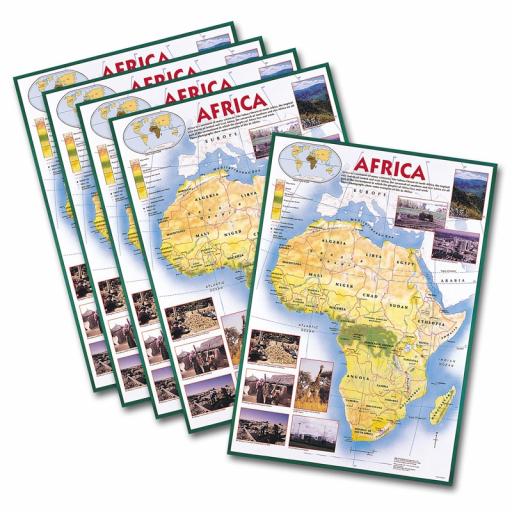
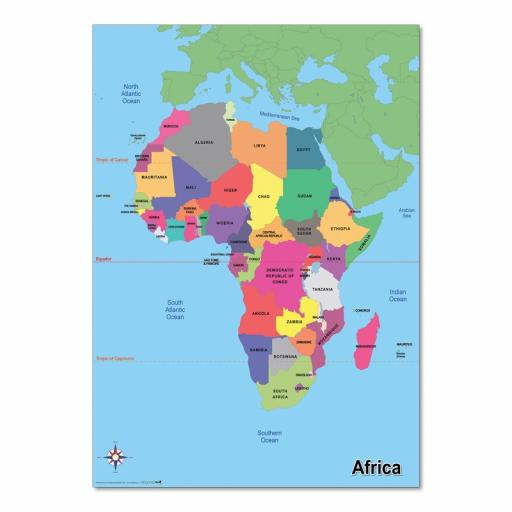
Aretha Franklin
For children:
Have you heard of the “Queen of Soul”? That was Aretha Franklin! She had one of the most powerful singing voices in history. When she sang, people listened. Her music could make you dance, cry, or feel brave.
One of her most famous songs is Respect. It wasn’t just a fun tune, it became a message for people who wanted to be treated fairly. Aretha showed that music can be more than entertainment, it can help change the world!
Aretha started singing in church when she was a little girl, and she grew up to win 18 Grammy Awards. She was also the first woman to be inducted into the Rock & Roll Hall of Fame.
Fun fact: In 2009, Aretha sang at President Barack Obama’s inauguration in front of millions of people.
Teacher Tip:
Aretha Franklin’s work links beautifully to the Music curriculum:
-
KS1 & KS2: “Listen to and evaluate music from a range of historical periods, genres, styles and traditions.”
-
Explore how lyrics can carry important social messages (e.g. Respect).
-
Use Aretha’s songs to study vocal techniques, soul music, and cultural history.
Cross-curricular ideas:
-
Music: Compare Aretha’s soul music with gospel traditions.
-
PSHE: Discuss the meaning of the word “respect” and what it looks like in school and life.
-
History: Place her achievements in context with the American Civil Rights Movement.
John Boyega
For children:
Do you know the Star Wars films? John Boyega played Finn, one of the heroes who fights against the villains! John grew up in London, the son of Nigerian parents, and dreamed of becoming an actor. He worked really hard, and his big break came when he starred in Star Wars: The Force Awakens in 2015.
But John isn’t just an actor, he also uses his voice to speak out about fairness and equality. In 2020, he gave a powerful speech at a protest in London, telling people to stand up for what’s right. Many people said he was as brave in real life as the characters he plays on screen!
Fun fact: When John was little, he used to act in plays at school and even practised pretending to be characters in his garden.
Teacher Tip:
John Boyega’s story links strongly to Drama, English, and PSHE:
-
KS2 Drama/English: Role-play and characterisation, how actors bring characters to life.
-
PSHE: Explore themes of respect, equality, and using your voice for good.
-
His background also connects to History topics on migration and modern Britain.
Cross-curricular ideas:
-
Drama: Pupils re-enact a scene from Star Wars or create their own hero stories.
-
English: Write character profiles or “diary entries” from Finn’s point of view.
-
PSHE: Discuss real-life heroes. What makes someone brave, both on screen and off?
Conclusion & Call to Action
For children:
Wow, what an incredible group of people we’ve met! From Mary Seacole’s bravery to Sir Lenny Henry's determination, from Aretha Franklin’s powerful voice to John Boyega’s courage. Black history is bursting with heroes who changed the world. And here’s the exciting part: Black history isn’t just for October, it’s part of everyone’s story, every single day of the year.
So, what can you do? You could…
-
Visit your school library and discover a book about one of these inspiring people.
-
Ask your teacher or family to help you find out more.
-
Be inspired to follow your dreams, just like they did!
For teachers:
Black History Month is a vital opportunity to celebrate achievements, broaden perspectives, and challenge inequalities, but its true power lies in being woven throughout the year. By embedding these stories into History, English, Art, Music, and PSHE, we ensure every child feels represented and every pupil benefits from a fuller, richer understanding of our shared history.
Use October as a springboard, but keep the momentum alive by:
-
Revisiting Black authors, artists, and leaders throughout your long-term plans.
-
Choosing texts and case studies that reflect a wide range of voices.
-
Encouraging enquiry into both past injustices and present achievements.
Together, we can show pupils that history belongs to everyone, and that brilliance knows no boundaries.
Resources for Teachers

